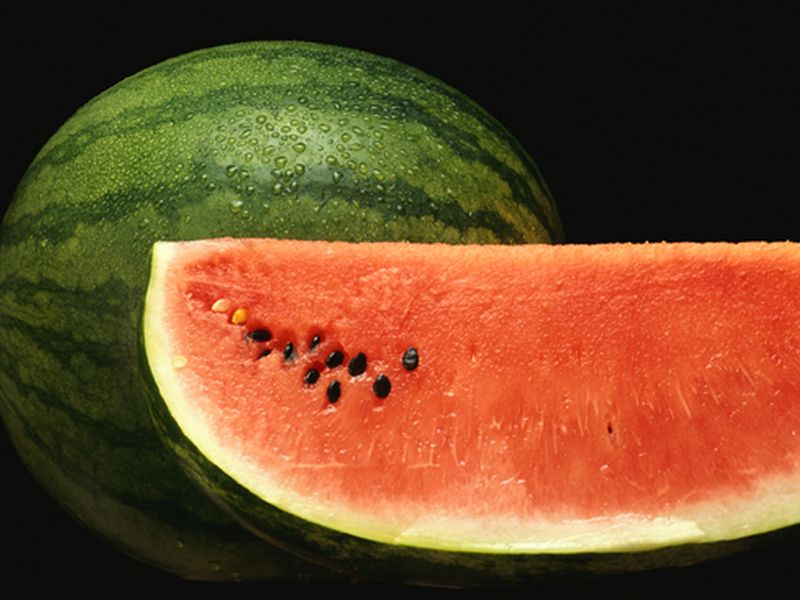TUESDAY, Jan. 8, 2019 (HealthDay News) — A “low-energy-dense food diet” sounds like just another weight loss fad, but it’s an approach with decades of research behind it.
The concept is simple: Eat more foods with a higher water content to get more volume for fewer calories.
Energy density is simply the amount of energy — or calories — in a gram of a food. Foods can be very low-, low-, medium- or high-energy density.
Butter, for instance, is a high-density food with 180 calories in 20 grams. Watermelon is very low, with just 7 calories in 20 grams. Portion size is another way to see the difference. For example, one and a half juicy oranges have the same number of calories as a mere three pretzel rods.
To find a food’s energy density, divide the number of calories in a serving by the number of grams in that serving. Energy density ranges in the very low category are from 0.5 to 1 calorie/gram. As you move to the high end, it’s from 4 to 9 calories per gram.
You can easily calculate the energy density of any food. Use a calorie counter to do the math for fresh foods. For packaged ones, use the Nutrition Facts Panel and divide the calories by the grams in a portion.
Low-energy density foods are usually high in fiber as well as water, so they’re filling. That’s one reason why replacing high-energy density foods with low ones to reduce calories is more effective than just cutting portion sizes, which can leave you feeling deprived. Eating low-energy density foods works equally well for weight loss and weight maintenance.
In recipes, making the switchover can be as simple as adding more non-starchy vegetables in place of starchy ones, and some of the meat. Rather than eating sandwiches, replace the bread with leafy greens by putting the sandwich fillings into a big salad. When eating grains, choose foods like oatmeal and quinoa that increase in volume when cooked in water — they’re a lot more filling than dry cereal.
More information
The U.S. Centers for Disease Control and Prevention has much more on the energy density of foods and tips to make substitutions.
Copyright © 2026 HealthDay. All rights reserved.

